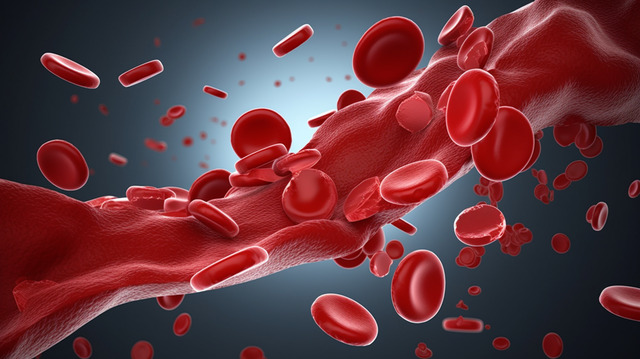The Kenya Haemophilia Association (KHA) has appealed to the national and county governments to include funds for the treatment of haemophilia in the national health budget.
Board member James Kago expressed concerns over the country’s dependence on international donations, which are becoming increasingly scarce.
During the World Haemophilia Day event at Murang’a Level 5 Hospital, Kago highlighted the urgent need for local funding to sustain treatment and prevent patients from turning to unsafe alternatives.
Haemophilia is a serious bleeding disorder that prevents blood from clotting properly, leading to prolonged bleeding from even minor injuries or surgeries.
The treatment of the condition is expensive, and currently, more than 1,000 patients benefit from support provided by KHA through donations from organisations like the World Federation of Haemophilia and Novo Nordisk Haemophilia Foundation.
"We have established 25 haemophilia treatment centres, but with donations drying up, the country is at risk of returning to unsafe treatments like plasma and whole blood transfusions," Kago said.
The country currently spends Sh2 billion every year on Haemophilia care, a cost that cannot be sustained without local funding.
Kago also pointed out that the cost of Haemophilia drugs is prohibitively expensive, with doses for children costing Sh50,000 and for adults, Sh300,000.
"It’s unfortunate that Haemophilia is not covered under the Social Health Authority," he said, calling on the government to include the condition under the scheme to make it more affordable for families.
While Kago appreciated the government's decision to waive taxes on Haemophilia drugs, he emphasised that this is not enough.
He urged the government to ensure a regular supply of clotting factor concentrates and to equip healthcare facilities to diagnose and treat haemophilia effectively.
"We also need to train healthcare workers in diagnosing and managing Haemophilia," he added.
Judy Mwaura, the nurse in charge of the Haemophilia Clinic at Murang’a Level 5 Hospital, echoed the need for better accessibility to treatment.
She mentioned that many patients travel long distances to receive care and suggested that more Haemophilia clinics be established in other health facilities to ease the burden on patients.
Kago also highlighted the importance of screening and diagnosing women with bleeding disorders.
"Some women with prolonged menstrual bleeding may have Haemophilia, but are unaware of it," he explained.
Haemophilia results from mutations in the genes that code for proteins necessary for normal blood clotting, factor VIII (Haemophilia A) and factor IX (Haemophilia B).
According to ScienceDirect, about 30% of Haemophilia cases occur sporadically at birth, and a few cases occur later in life (acquired Haemophilia), with Haemophilia A being four times more frequent than Haemophilia B.
Although there is evidence that the incidence of Haemophilia is constant in different populations, there is a wide variation in the reported prevalence of haemophilia across countries.
"With 18% of the world's population, Africa represents less than 3% of patients identified as having Haemophilia, and only 2% of those use Clotting Factor Concentrates (CFCs) for treatment," reads a 2021 report by ScienceDirect.
"These differences between countries are likely the result of varying capacities for prompt and accurate diagnosis and for the provision of the necessary care for survival."
In Africa, only 11.4% of expected Haemophilia cases are identified and the Coagulation Factor Concentrates (CFC) utilization is less than 0.1 International Unit (UI) per capita.
The organisation of Haemophilia care delivery is just starting in many African countries, and the consequences of this situation is that morbidity and mortality due to Haemophilia are still high.
